The age of the Vikings is typically thought to have been between 700 AD and 1100 AD. During this time, the Vikings became renowned for their violent raids and pillaging, and they developed an unmatched reputation for their brutal and combative rule.
The Vikings were great explorers, and over time, they discovered and colonized many regions, paying little heed to whether this was for strategic purposes or simply part of a wider land-grab campaign. Most assignments were unauthorized and carried out by ambitious individuals.
The Vikings have gained a bad reputation, but not all of them were violent and bloodthirsty killers; some traveled to new lands to trade or to study.
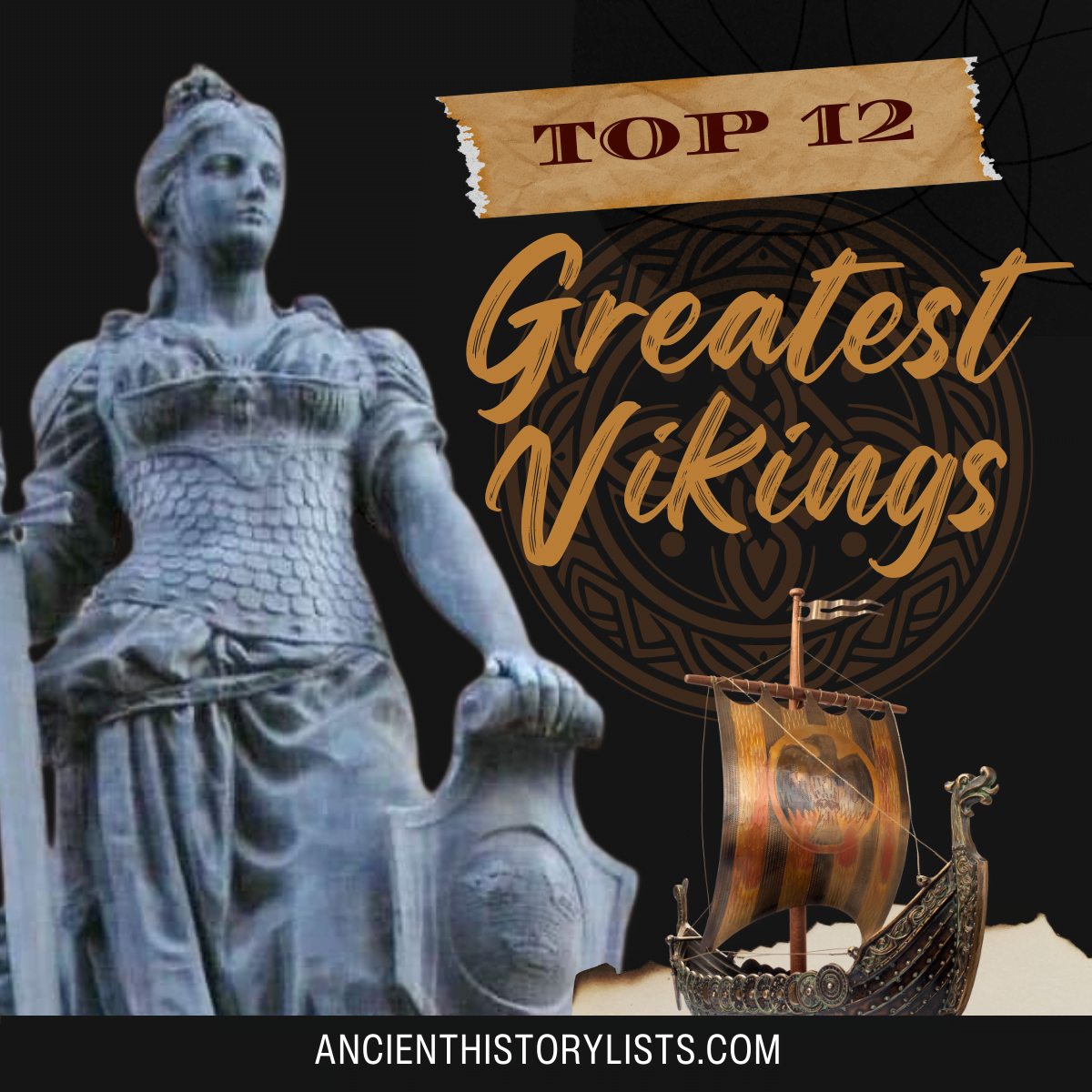
Here is a list of the top 11 greatest and most famous Vikings:
1. Erik the Red
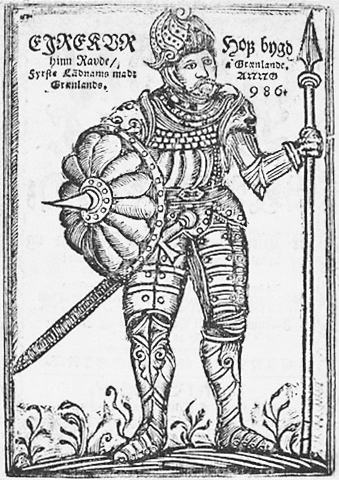
Erik the Red (also known as Erik Thorvaldsson) was thus named because of his red hair and beard. Much of what is known about him comes from the ancient Icelandic sagas.
Erik was born in 950 in Norway, but when he was 10, his father, Thorvald Asvaldsson, was exiled for manslaughter, and the family settled in Iceland. Erik the Red dreamed of sailing on to the lands to the west where Norse sailors had never been before, and during a three-year campaign he discovered and founded settlements in those lands. He arrived on Greenland with 14 ships and began to colonize the area.
On his return to Iceland, he promoted the new lands to the people there, encouraging them to follow him back and settle in this new country. He was successful in his pitch; two new colonies were formed, and Greenland began to flourish.
2. Leif Erikson
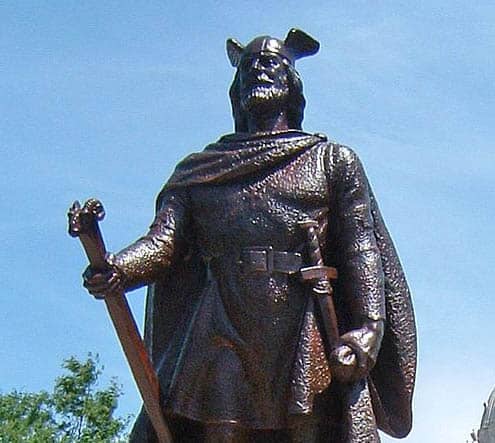
Leif Erikson was Erik the Red’s son and is thought to have landed in North America some 500 years before the official discovery of the New World. Just like his father, Leif’s story is steeped in legend from the ancient Icelandic sagas.
Leif was a Viking explorer, and on one mission, he found himself in Norway, having been blown off course. He met with King Olaf Tryggvason of Norway (995–1000) and is thought to have converted to Christianity. Leif swore allegiance to Olaf and returned to Greenland to convert the population to his newfound religion.
3. Freydís Eiríksdóttir
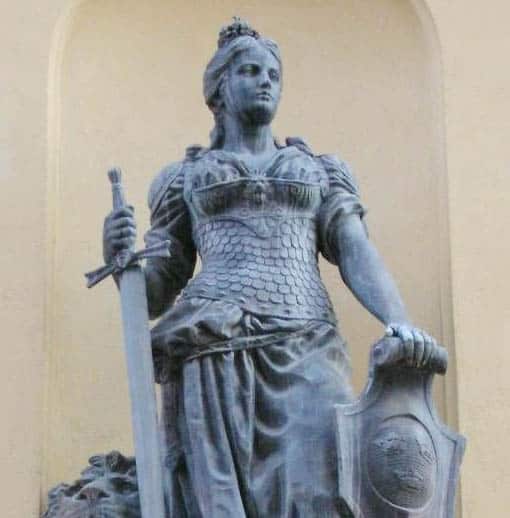
Just like her father Erik the Red, Freydis Eiríksdóttir’s life was made famous through Norse myth and storytelling. She traveled to North America with her brother Leif Erikson and set up her own settlement there. She was a strong-willed woman who sought power and wealth in her own right.
4. Ragnar Lothbrok
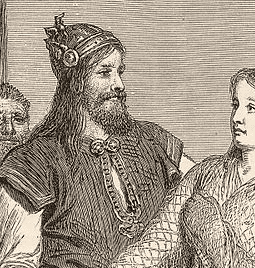
Not much is known about Ragnar Lothbrok, and all accounts of him were created after his death. He was a legendary king of Denmark and Sweden and conducted many Viking raids to France and Britain during the ninth century. He had three sons who, in 865, led raids to East Anglia in England to avenge their father’s death – which was thought to have been murder – and to reclaim lands which Ragnar had previously conquered.
5. Gunnar Hamundarson
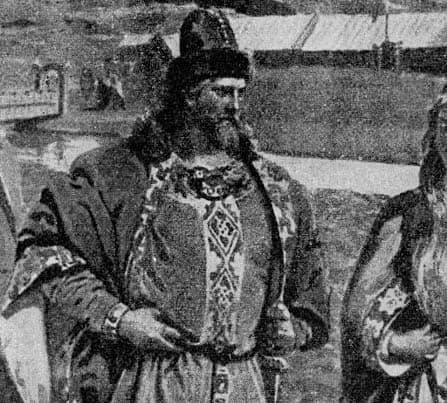
Gunnar Hamundarson was a 10th century Icelandic chieftain. He was reputed to be good-looking, very athletic, and almost invincible in combat. He was a skilled archer and stone-thrower and gained a fierce reputation for his skill on the battlefield. Despite this, it is thought that he had a kind and gentle disposition. According to the Brenna-Njals saga, he eventually lost his settlements on the shores of Denmark and Norway.
6. Bjorn Ironside
Bjorn Ironside was the son of Ragnar Lothbrok and successor to the Swedish throne, becoming the ruler of Sweden – and possibly parts of Norway – after his father’s death. His name “Ironside” came from his strong physique; he was thought to have sides made of iron. He was a formidable warrior and his adventures took him to Britain and Normandy along with several of his fearless brothers including Ivar the Boneless. Bjorn is thought to be interred in a barrow on the Swedish island of Munso.
7. Ivar the Boneless
Ivar the Boneless, so named because of a possible physical disability, is the son of Ragnar Lothbrok. His story is told in the Icelandic saga, The Tale of Ragnar’s Sons, and also the Gesta Danorum, or Deeds of the Danes, by historiographer Saxo Grammaticus (1160–1220). He is thought to be the basis for the historical Hingwar of the Viking Great Army which invaded Britain in 865.
In The Tale of Ragnar’s Sons, he sails to Britain along with his brothers to seek revenge for his father’s death. He fights King Ælla and tries to strike a deal with him. Ælla tells him that he can have as much land as he can cover with a bull’s hide. Ivar cuts the bull’s hide into very thin strips and covers a much bigger area than anyone thought he could. He founded the city of York as his capital.
8. Eric Bloodaxe
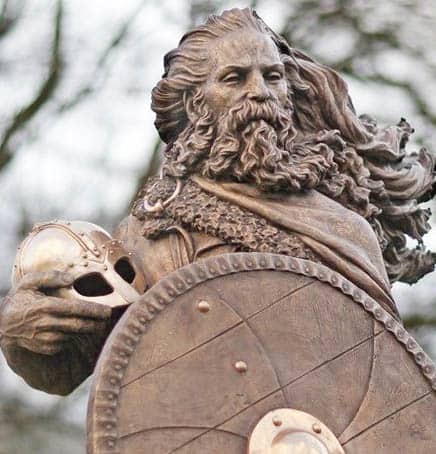
Eric Bloodaxe was one amongst many sons of Norway’s first ruler, Harald Fairhair. He was known to have made many raids into Europe from the age of 12, and quickly discovered that mercilessness was the most effective technique to achieve this aim.
After his younger brother claimed the throne, Eric moved to Britain where he established himself as a Viking ruler with his capital in Northumbria. He probably got his name “Bloodaxe” from his many bloody raids into Scotland.
9. Egil Skallagrimsson
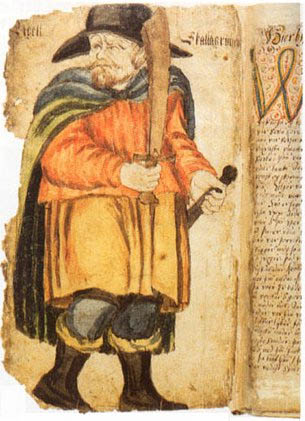
The original warrior-writer, what we know about Egil Skallagrimsson is mainly down to legend. He is depicted in the ancient sagas as a contradictory figure who was inclined to savagery but was also a fine and poetic character. His poems are considered to be some of the finest examples of ancient Scandinavian writing. Egil is said to have killed out of the blue when he was only seven, taking an ax to another child, thus beginning his career as the archetypal Viking warrior.
10. Harald Hardrada
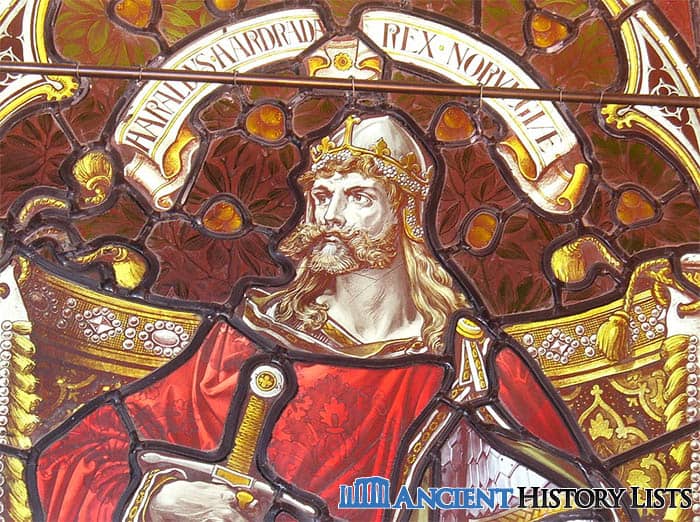
Hardrada means “hard ruler,” a name Harald was proud of. He ruled by force and had a violent disposition, settling disputes without mercy.
He is generally considered to be the best – and last – Viking ruler, taking the Norwegian throne in 1046. He led raids throughout Europe, and it was thought that his travels into these new regions led to the slow spread of Christianity throughout Scandinavia.
Harald Hardrada met his end in 1066 at the Battle of Stamford Bridge, England, while he was fighting King Harold. As King Harold fought the Vikings in the north, William the Conqueror invaded to the south, leading to the Norman conquest of Britain. Harald Hardrada’s death marked the end of the Viking raids to Great Britain.
11. Harald Bluetooth
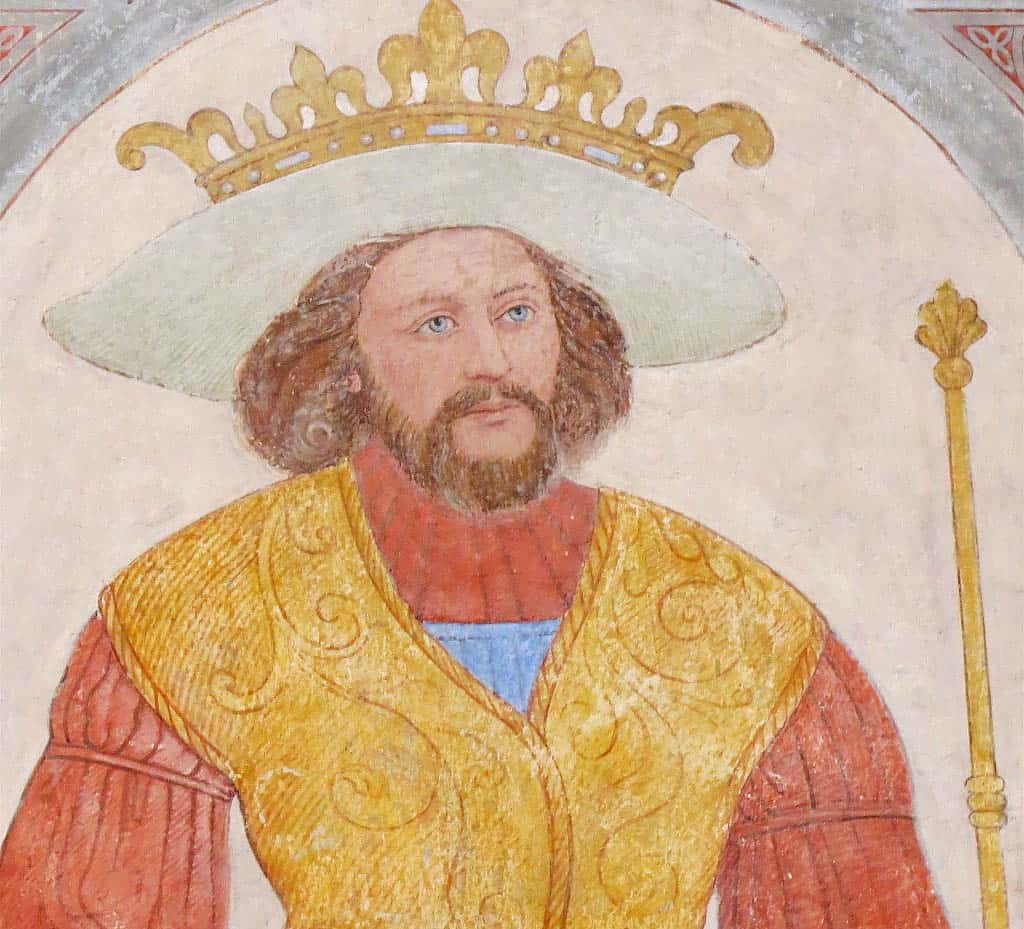
Harald Bluetooth was king of Denmark and Norway from 958 to 986. His name “Bluetooth” probably came from a bad tooth which appeared blue or black in color. He is generally credited with bringing Christianity to Scandinavia, as documented by Christian writers such as Widukind of Corvey. Harald was converted to Christianity himself by a cleric named Poppa, who proved his faith by “miracles” such as carrying a huge weight of iron which had been heated in a fire without burning himself.